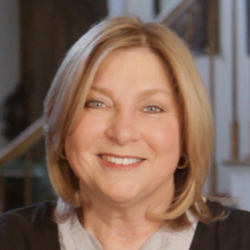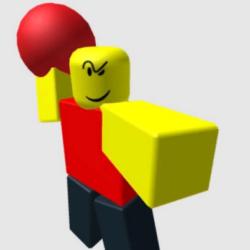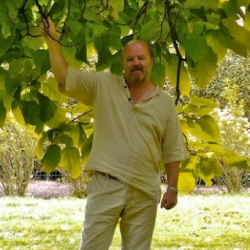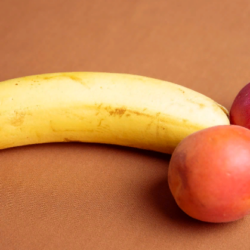Interview With The Master And Artist Of Cross-Stitch
Our guest is Anna, the author of crossstitchlovers.com. She creates beautiful cross stitch patterns.
Cross-stitching is one of the oldest types of needlework, which has retained its popularity today. Why do we need overseas mandalas and other anti-stress coloring pages if there is embroidery? But this, apart from jokes, is one of the most meditative activities in the world!
Hello Anna, please tell us how it all started?
– Hi, I decided to try it one day and it worked. It was a long time ago.
– What embroidery was the first?
– I remember that it was a cross stitch flower design. I really love flowers in general.
– How do you get ideas?
– Very often on walks. Especially in the woods early in the morning.
– What colors do you use?
– Mostly bright, red is my favorite.
– Who is your client? Describe the buyer.
– First of all it is women. Age + 35. But there are also 16-year-olds who are addicted. There was even a man once.
– What is the embroidery technique?
– Cross stitch can be done in a variety of ways. Each craftswoman chooses a solution for herself, but most often she combines several techniques – even within the same work.
English technique. The most classic and traditional way of embroidery. Each cross is performed completely, sequentially, one after the other.
Danish technology. To begin with, the bottom stitches of one row are embroidered, from left to right, and then the needle “returns” to the starting point, while the top stitches are sewn from right to left.
diagonal technique. Similarly with the Danish technique, the bottom stitches are sewn first, then the top ones. That’s just the needle “rises” up diagonally, and then “goes down” back.
– What do you need to work?
– It doesn’t take much to get the job done. The minimum set includes canvas, needle, thread and hoop.
Canvas. This is the basis of the basics – a special fabric on which “squares” for cross stitching are already outlined. WITH
It is worth following the unspoken rule: the smaller the cross, the neater the finished picture.
Needle. With a blunt end and a large eye. It is easy to insert a thread there, it is almost impossible to prick, so you don’t even need a thimble. One high-quality needle lasts for more than one month, but it is better to immediately purchase a set of needles of different sizes – they will allow you to use threads of different densities.
threads. Most often they are embroidered with thin woolen threads or cotton (rarely silk) floss.
Hoop. Unfortunately, it will be very difficult to work without them. The canvas stretches on the hoop, it becomes convenient to embroider.
Thank you, Anna)










